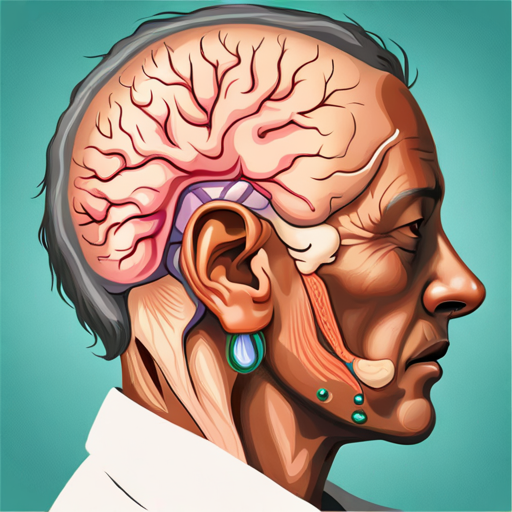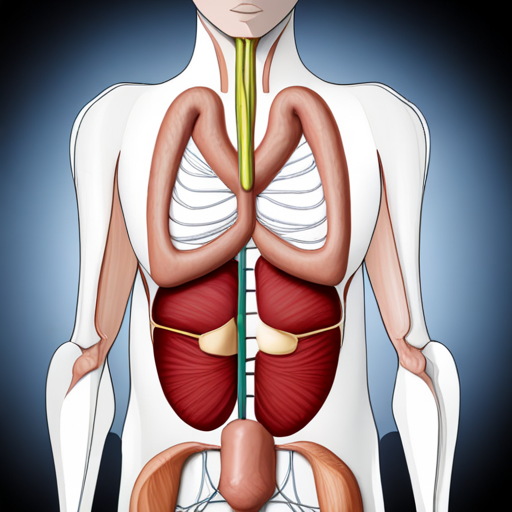- Home
- About Us
- Editorial Board
- Online Submissions
- Current Issue
- Archive
- Special Issue
- Author Desk
- Contact US
Recent Posts
Copyright © Journal of Rangpur Medical College, All Rights Reserved & Powered By NSM Limited
Isoniazid-induced Encephalopathy in a Patient with Pott’s Disease with Chronic Kidney Disease: A Case Report

Md Helal Miah
Assistant Professor Department of Medicine Rangpur Medical College, Rangpur
Md Ahad Bakas
MD Resident Department of Medicine Rangpur Medical College, Rangpur
Md Kamal Hossein
Assistant Registrar Department of Medicine Rangpur Medical College, Rangpur
Tahmina Begum
MD, Resident Department of Medicine Rangpur Medical College, Rangpur
Md Shafiul Alam
Associate Professor Department of Medicine Rangpur Medical College, Rangpur
Md Jahangir Kabir
Assistant Professor Department of Medicine Rangpur Medical College, Rangpur
Abu Said Md Rahenur Mondol
Assistant Professor Department of Medicine Rangpur Medical College, Rangpur
Md Ruhul Amin Sarkar
Assistant Professor Department of Medicine Rangpur Medical College, Rangpur
Md Mahfuj Ul Anwar
Assistant Professor Department of Medicine Rangpur Medical College, Rangpur
Shah Md Sarwer Jahan
Professor Department of Medicine Rangpur Medical College, Rangpur
Md Mahfuzer Rahman
Professor and Head Department of Medicine Rangpur Medical College, Rangpur
DOI: https://doi.org/10.3329/jrpmc.v8i1.65066
Keywords: Chronic kidney disease, Isoniazid-induced encephalopathy, Tuberculosis
Abstract
We report an isoniazid-induced encephalopathy in a man with chronic renal failure. Drug-induced encephalopathy is a common side effect of many drugs. Isoniazid (INH), a first-line drug for tuberculosis, can cause encephalopathy in patients with chronic kidney disease (CKD). For Pott’s disease of the thoracic spine, he received rifampicin, INH, pyrazinamide, and ethambutol with pyridoxine and prednisolone. But the patient is free of pyridoxine for two and a half months. Subsequently, after treatment, the patient experienced recurrent episodes of altered consciousness, irrelevant conversations, and disorientation. After ruling out other causes, isoniazid-induced encephalopathy was suspected and confirmed by improvement of symptoms after discontinuation of high-dose isoniazid and pyridoxine.
J Rang Med Col. March 2023; Vol. 8, No. 1:72-75
Please wait while flipbook is loading. For more related info, FAQs and issues please refer to DearFlip WordPress Flipbook Plugin Help documentation.
Recent Posts
Related Articles
Multiple Splanchnic Venous Thromboses: A Fatal Complication of Recurrent Pancreatitis
Richmond R Gomes Associate Professor, Department of Medicine, Ad-din Women’s Medical College...
ByadminSeptember 21, 2023Abernethy Syndrome with Left Renal Artery Stenosis: Our first experience
Md Mahfuzer Rahman Professor & Head, Department of Medicine, Rangpur Medical College,...
ByadminSeptember 21, 2023Comparison Between Effects of Ketofol and Fenofol as Sedative in Elective Caesarean Section Under Subarachnoid Anaesthesia
Md Enayet Karim Classified Specialist Dept. of Anaesthesiology Combined Military Hospital Chattogram...
ByadminJune 17, 2023





Leave a comment